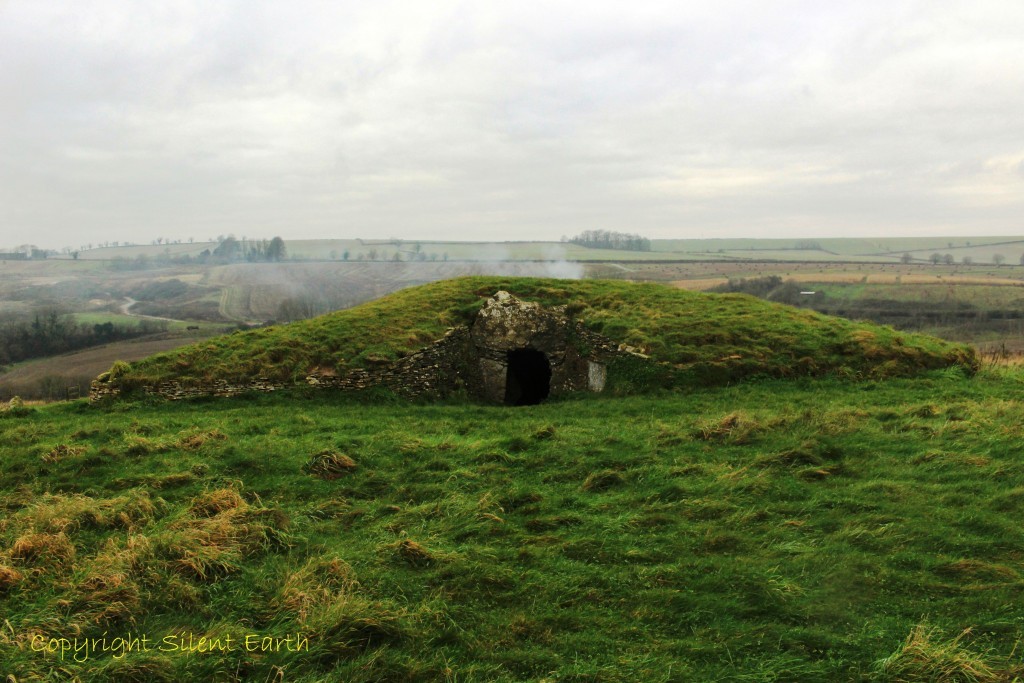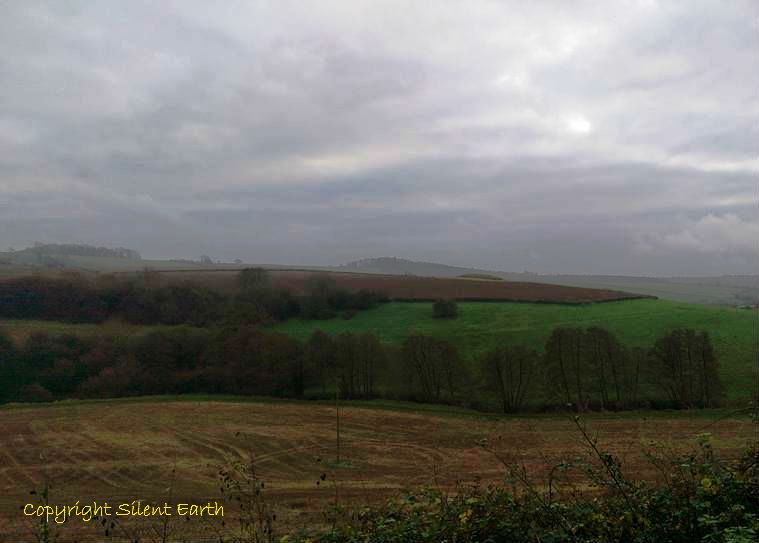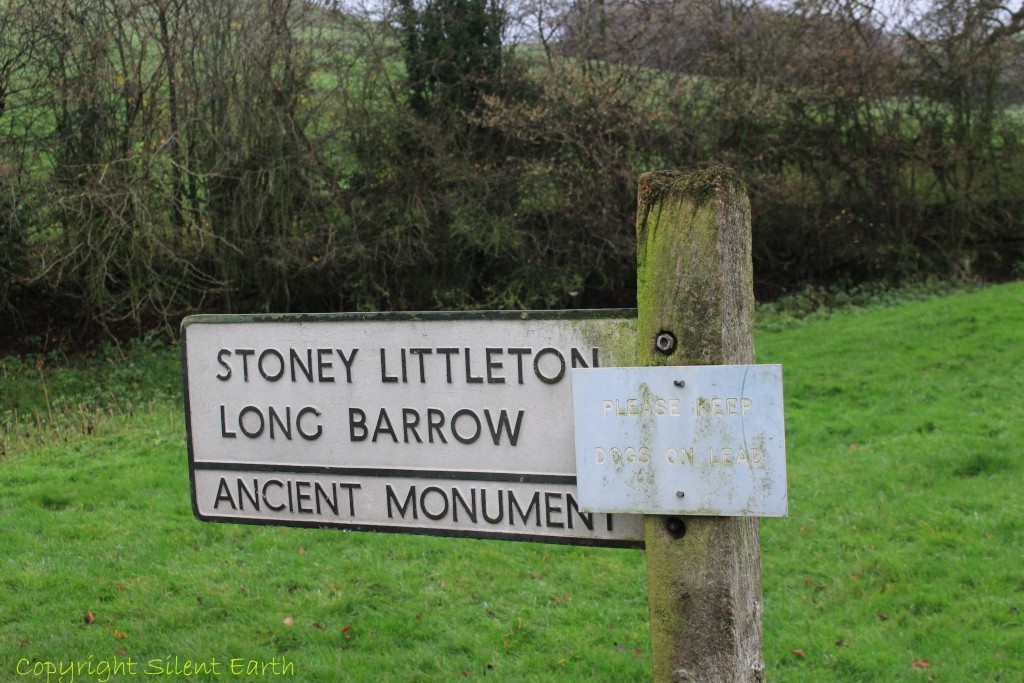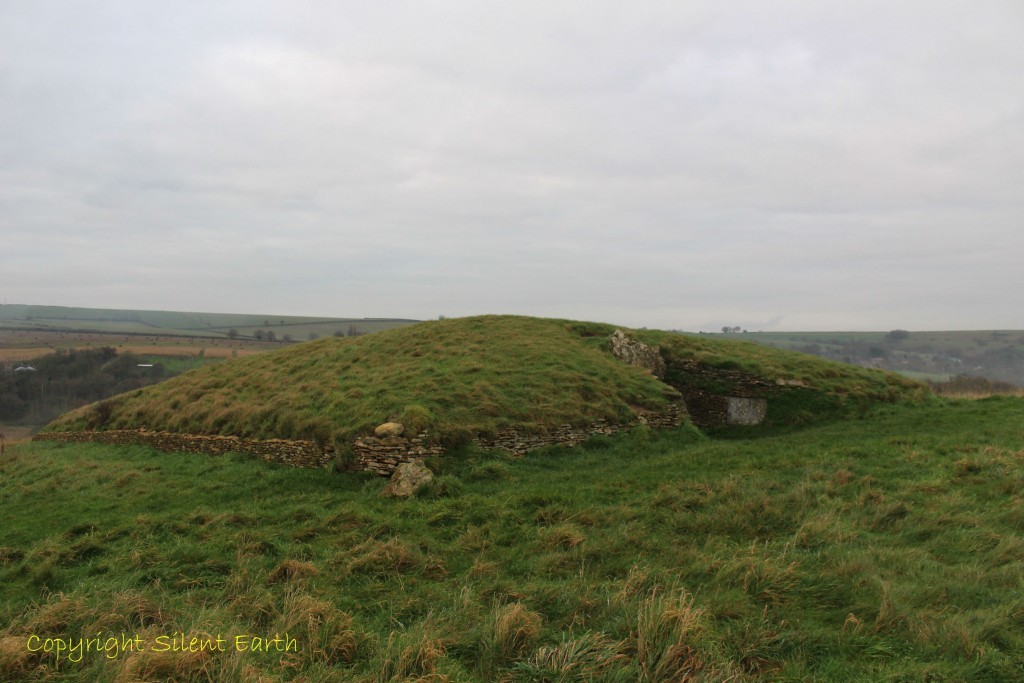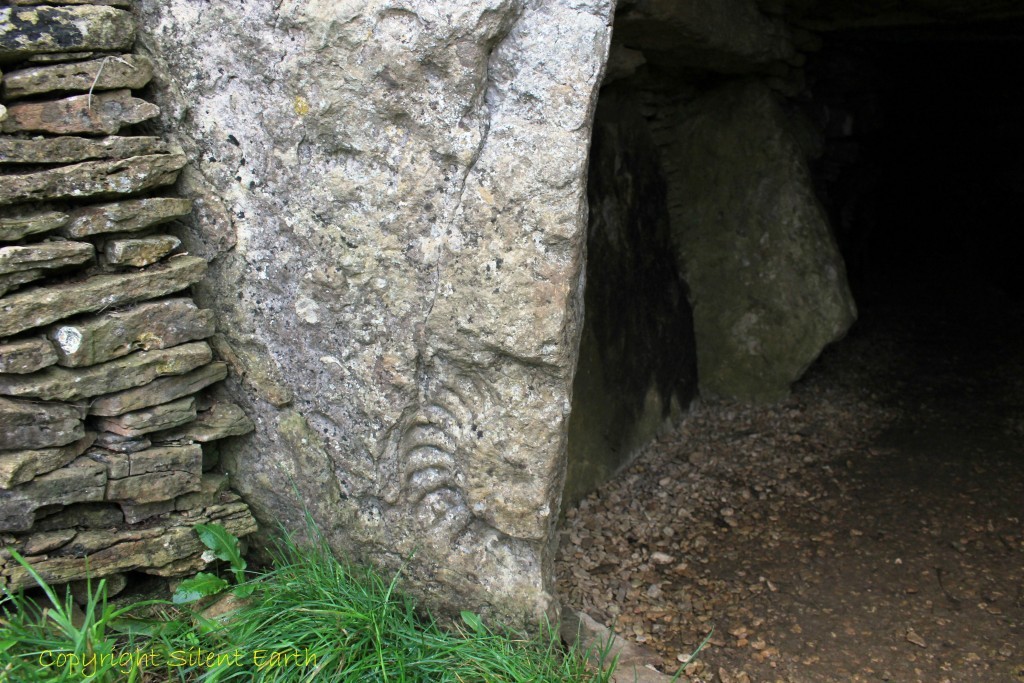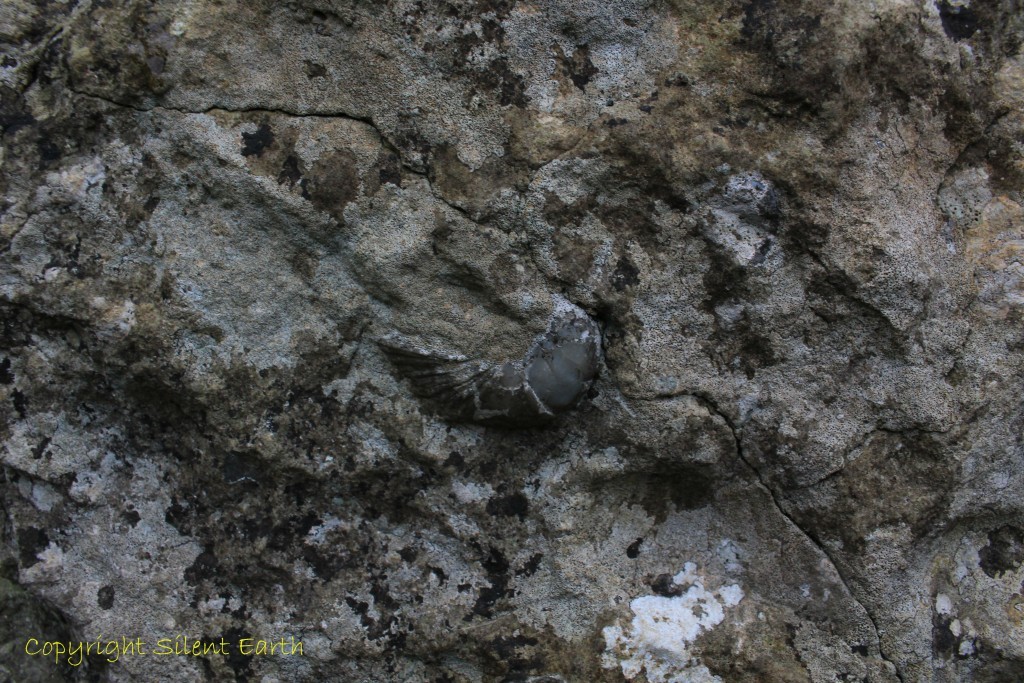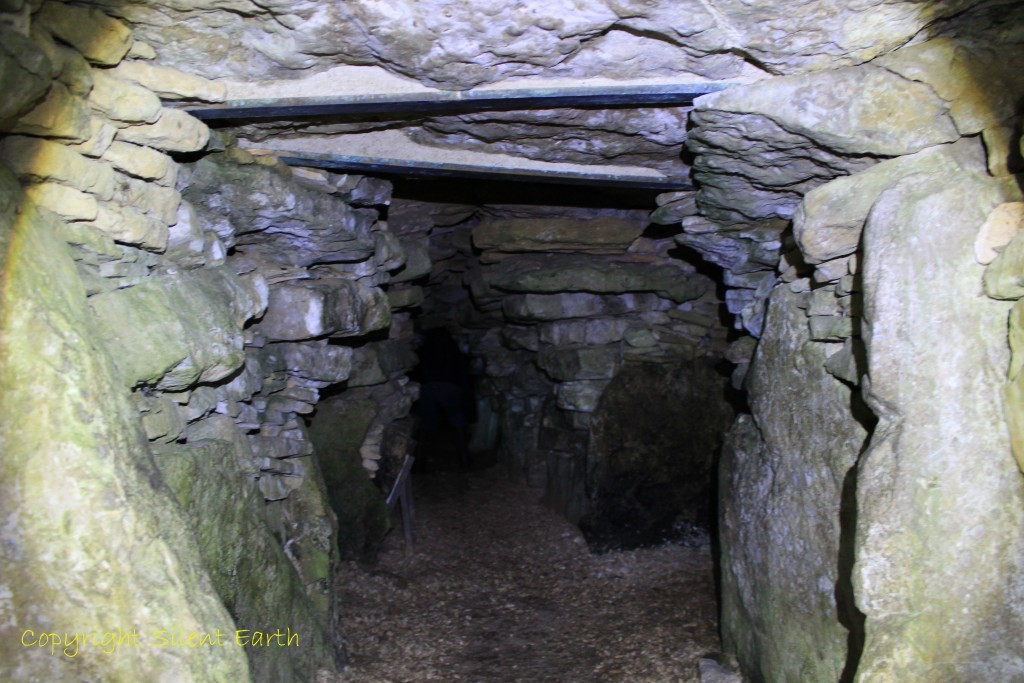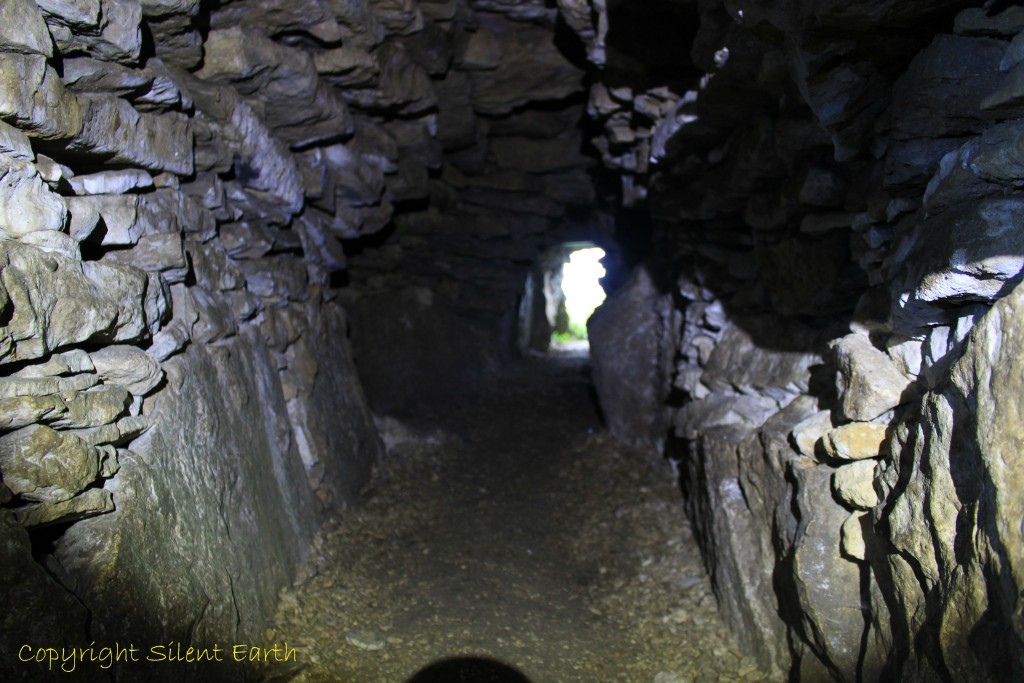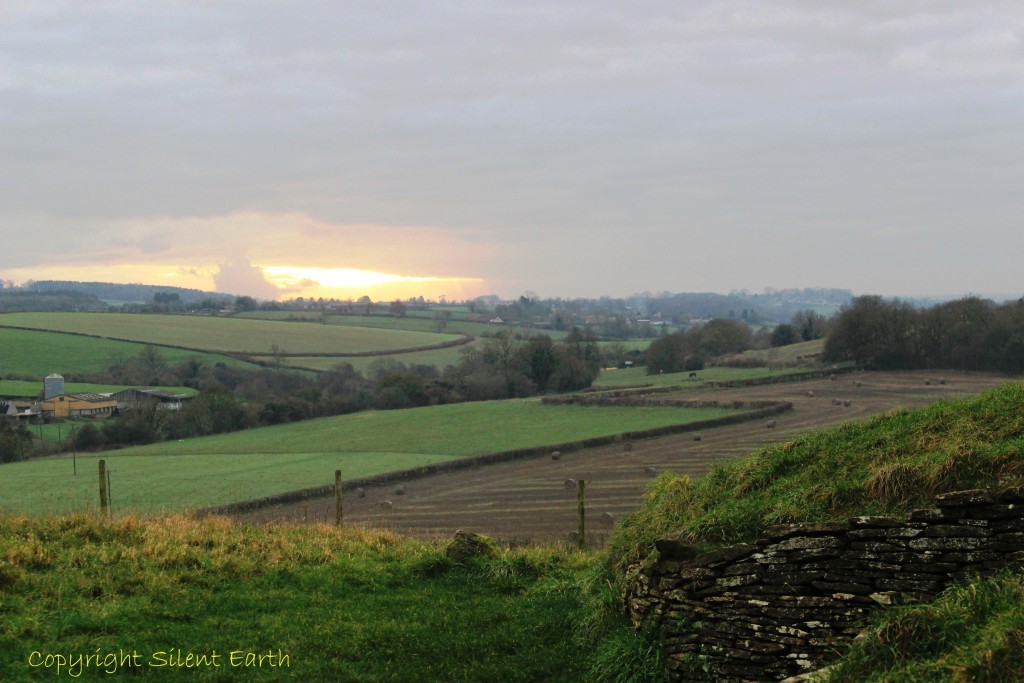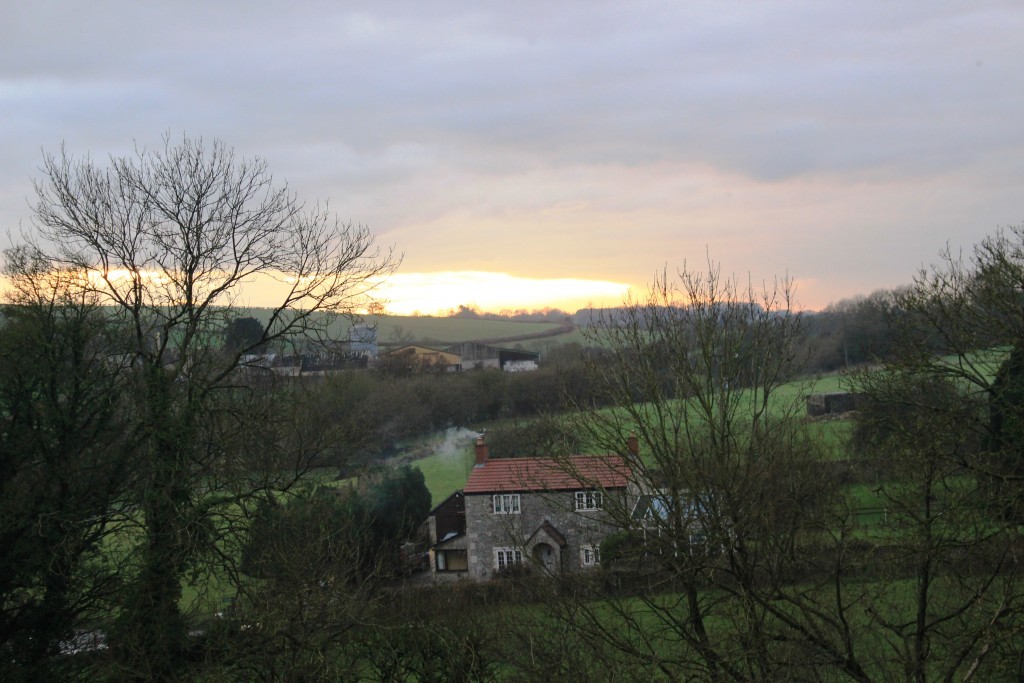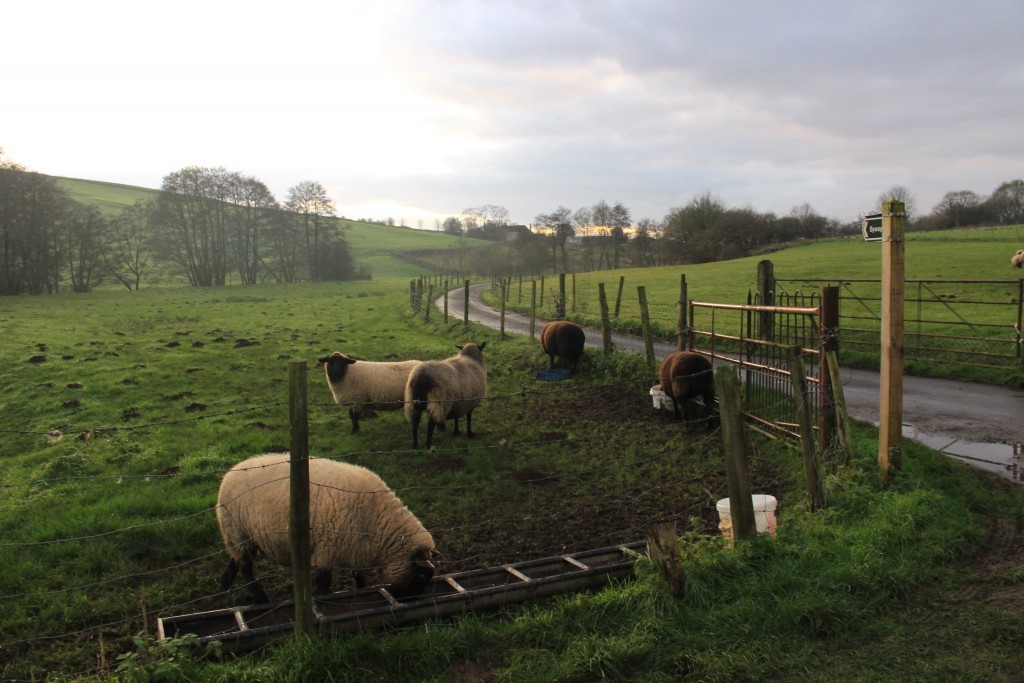Stoney Littleton Long Barrow

WRITTEN BY Austin Kinsley ON 10/02/16. Stoney Littleton Long Barrow POSTED IN General
Stoney Littleton Long Barrow is a Neolithic chambered tomb with multiple burial chambers, dating from approximately 3500 BC. It is 30 metres long and located near the village of Wellow in the English county of Somerset. I visited it for the first time on a leaden-skied Sunday afternoon on 13th December 2015.
English heritage state, ‘Although usually considered to have been tombs, it is possible that many long barrows were in fact shrines — places where the presence of the ancestral dead helped the living to contact their gods, much as a medieval church contains graves while being primarily intended for the living community that built it. Some barrows have provided evidence that use continued even after burials were no longer made.’
I approached Stoney Littleton from the northwest on a single-track road with passing places for vehicles approaching in the opposite direction coming up from the valley floor. My first sight of the long barrow was revealed by the distant view in the photograph below.
The single-track road drops down into the valley floor, with a small parking area for the few determined souls who visit the site, then crosses a small bridge over the fast-flowing Wellow Brook which runs broadly northeast to southwest across the valley floor. There is then a steep — although not unduly demanding — ascent of the hill to the long barrow itself.
Arriving at the barrow, its elevated position enjoying views across the hills and valleys of rural Somerset, the sheer natural silence of the location was overhelming and I immediately felt an ethereal sense of enchantment permeating the whole grey-skied landscape on that December afternoon.
‘Stoney Littleton long barrow, also known as the Bath Tumulus and the Wellow Tumulus, is a Neolithic chambered long barrow of the Cotswold Severn group. It is situated on a limestone outcrop overlooking the valley of the Wellow Brook to the north and west. The mound is oriented northwest – southeast, is trapezoidal in plan and measures about 30 metres long, 12.5 metres wide at its widest point and 2 metres in height. It is believed to have once been much higher. The barrow mound is composed of small stones and is surrounded by a restored dry stone wall. At the southeastern end is a recessed forecourt flanked by dry stone walling which extends to the entrance. The entrance comprises of a lintel supported by two jambs and leads to the internal chamber. The western doorjamb includes an ammonite cast one foot or 0.3 metres in diameter. The internal chamber includes a transepted gallery grave with three pairs of side chambers and an end chamber. The gallery extends for about 13 metres and varies in height from 1.2 metres to 1.8 metres. The mound is flanked on each side by a now infilled quarry ditch about 3 metres wide from which material was taken to construct the barrow. In 1816, an excavation by John Skinner uncovered human bones within the chamber some of which are held at the City Museum, Bristol. A geological survey of the barrow has shown that it was partly constructed of Blue Lias slabs and Forest Marble dry walling. The mound was restored by T. R. Joliffe in 1858. Further work was carried out on the site by the Ministry of Works in 1938. A survey was undertaken in 1989, a trench dug in 1995 and further survey, conservation and excavation work carried out between 1999 and 2000, revealing a possible undated boundary or element of forecourt structure comprised of a line of pits extending from the western corner of the barrow.’ – Historic England Pastscape, more here.
Below, the ammonite fossil cast on the western entrance doorjamb, of approximately 0.3 metres in diameter.
Ammonite fossil Stoney Littleton long barrow
This ammonite has been frequently likened to a representation of the sun, although to my thinking it possibly hints at an elusive earlier tradition, subsequently observed by Pliny The Elder as a ‘Serpents egg’, ‘held in high renown by the people of the Gallic provinces’ described in Book 29 Chapter 12 of Pliny’s Natural History here, and perhaps a magic stone/Glain Neidr, again hinted at in the legends of adder stones.
Below: On the counterpoint slab on the other side of the entrance is an example of the fossil bivalve gryphaea also known as ‘devils toenails’.
At the entrance to the long barrow, folks are said to often bang their head when stooping and stepping down as they enter. I have been told by Pete Glastonbury that locals suggest this is a deliberate ploy to prevent the devil from entering the long barrow.
The things of nature and things of mind-
Out of vision, exceeding speech,-
And it isn’t intended that man should get,
A fuller glimpse of the secret yet.
That all the light which he gets is clouded
Because of the manifest veils between,
The truth which he seeks to grasp is shrouded
And thus the beauty he longs for seen.
Yet truth and beauty and light exist,
And the sign is bright and the veil mere mist;
The border twighlight melts at times
And through the twilight and over the verge
Gleams from beyond do at times emerge.
– A.E. Waite, A Book of Mystery and Vision
Below: Looking inside the long barrow from the entrance.
Below: Looking towards the entrance from inside the long barrow.
Below: At sunset, a glimmer of gold appeared on the western horizon.
Below: Homeward bound.
Thank you to my guide to the site on 13 December 2015, for taking time out to show me around.

